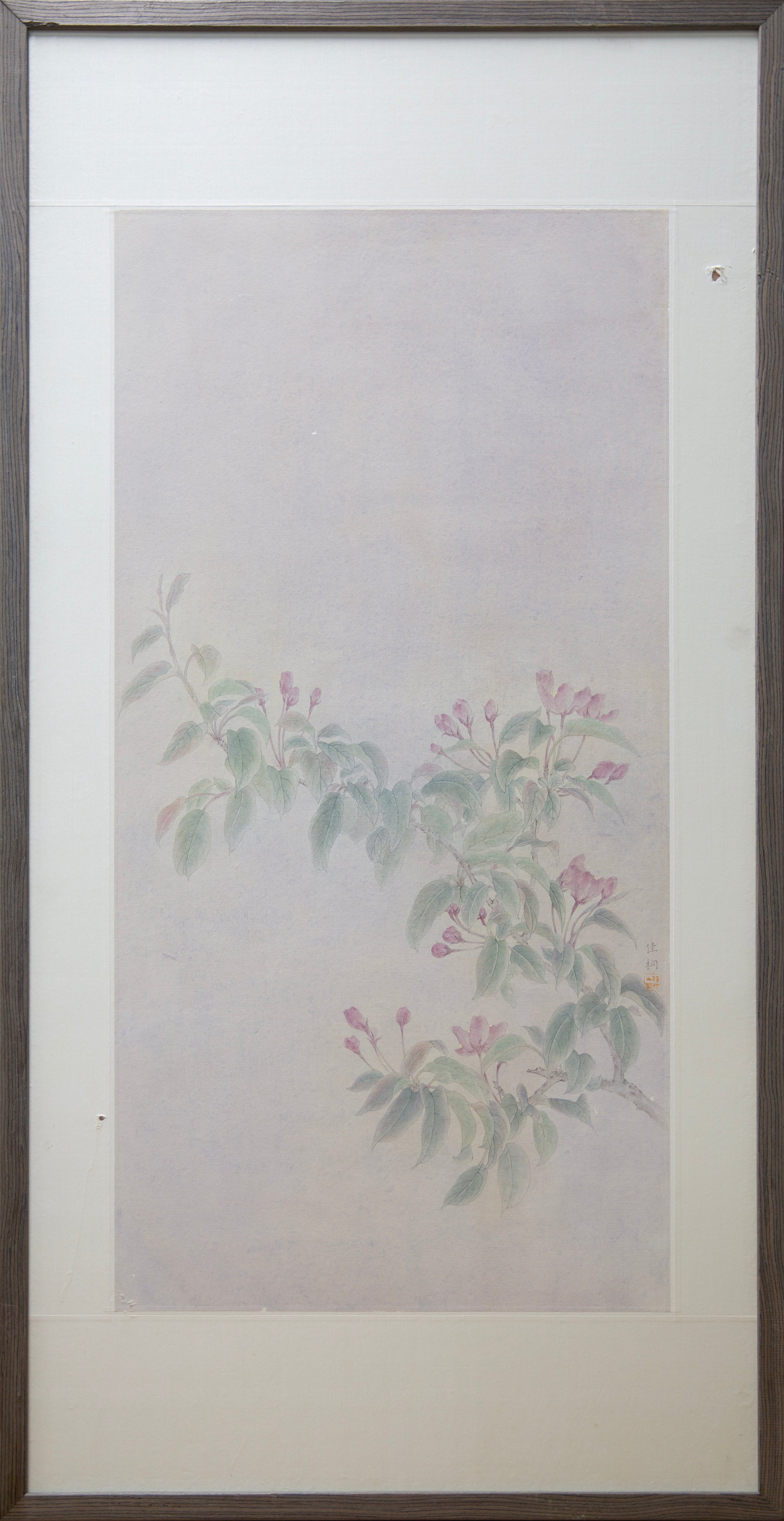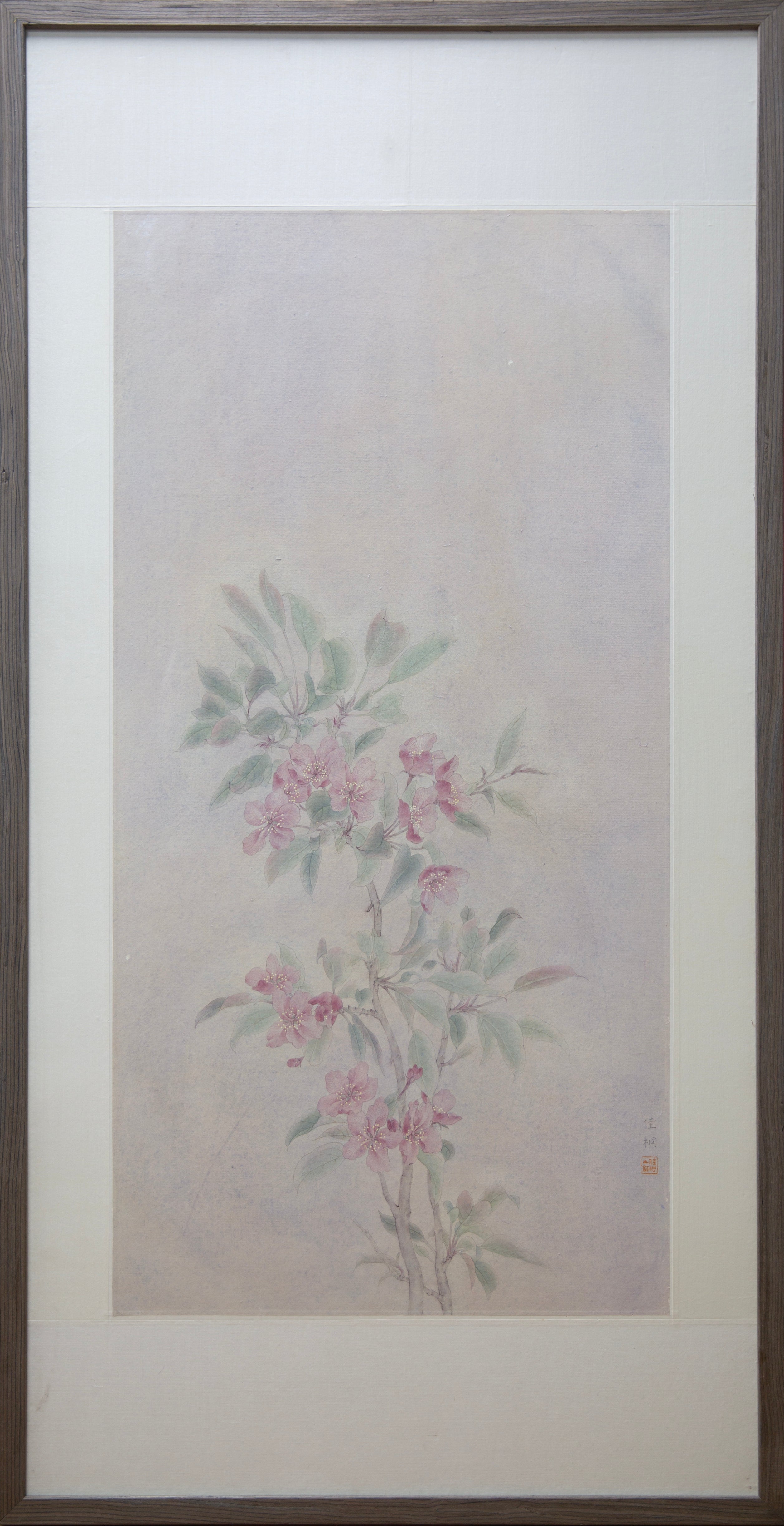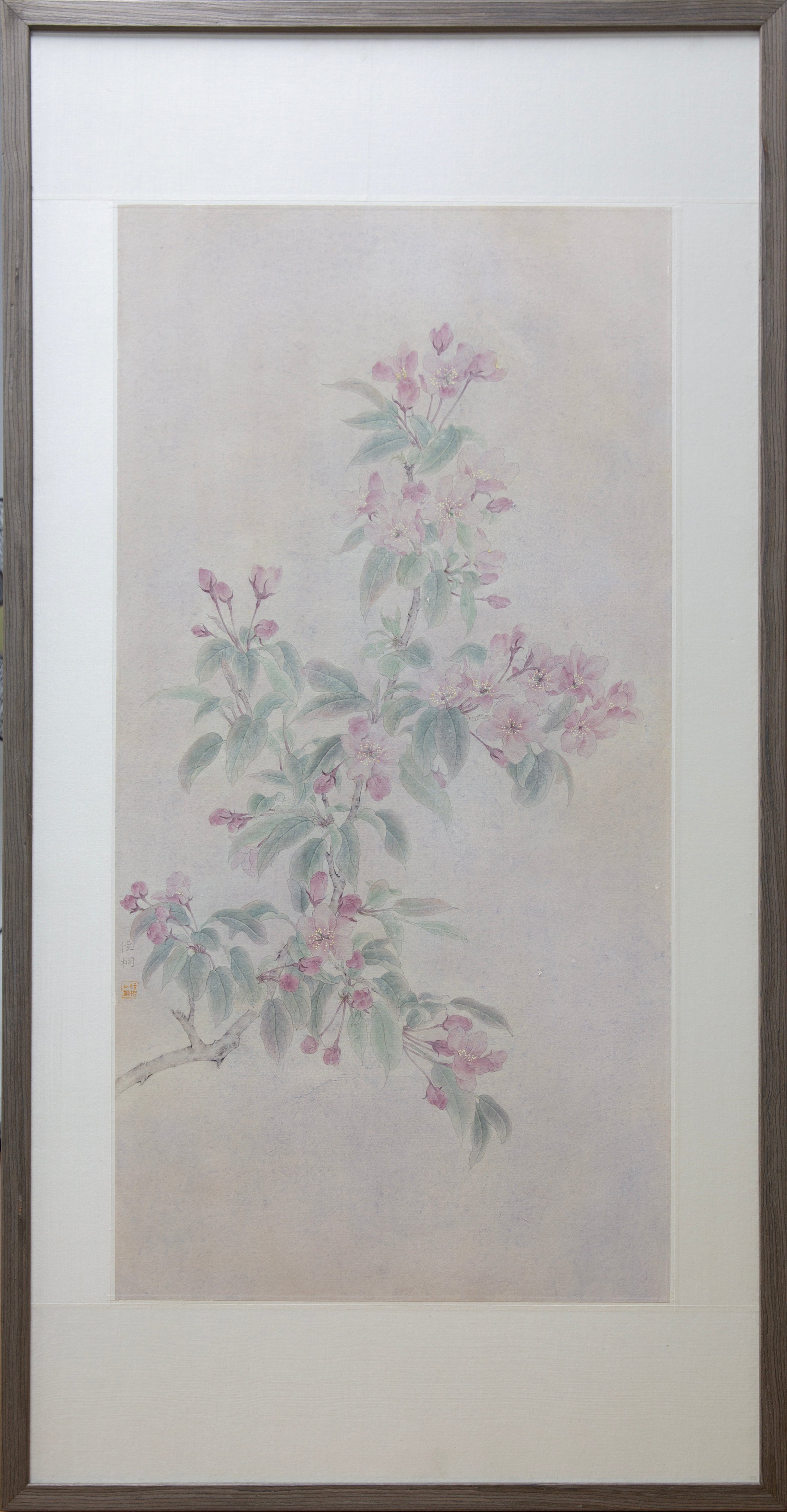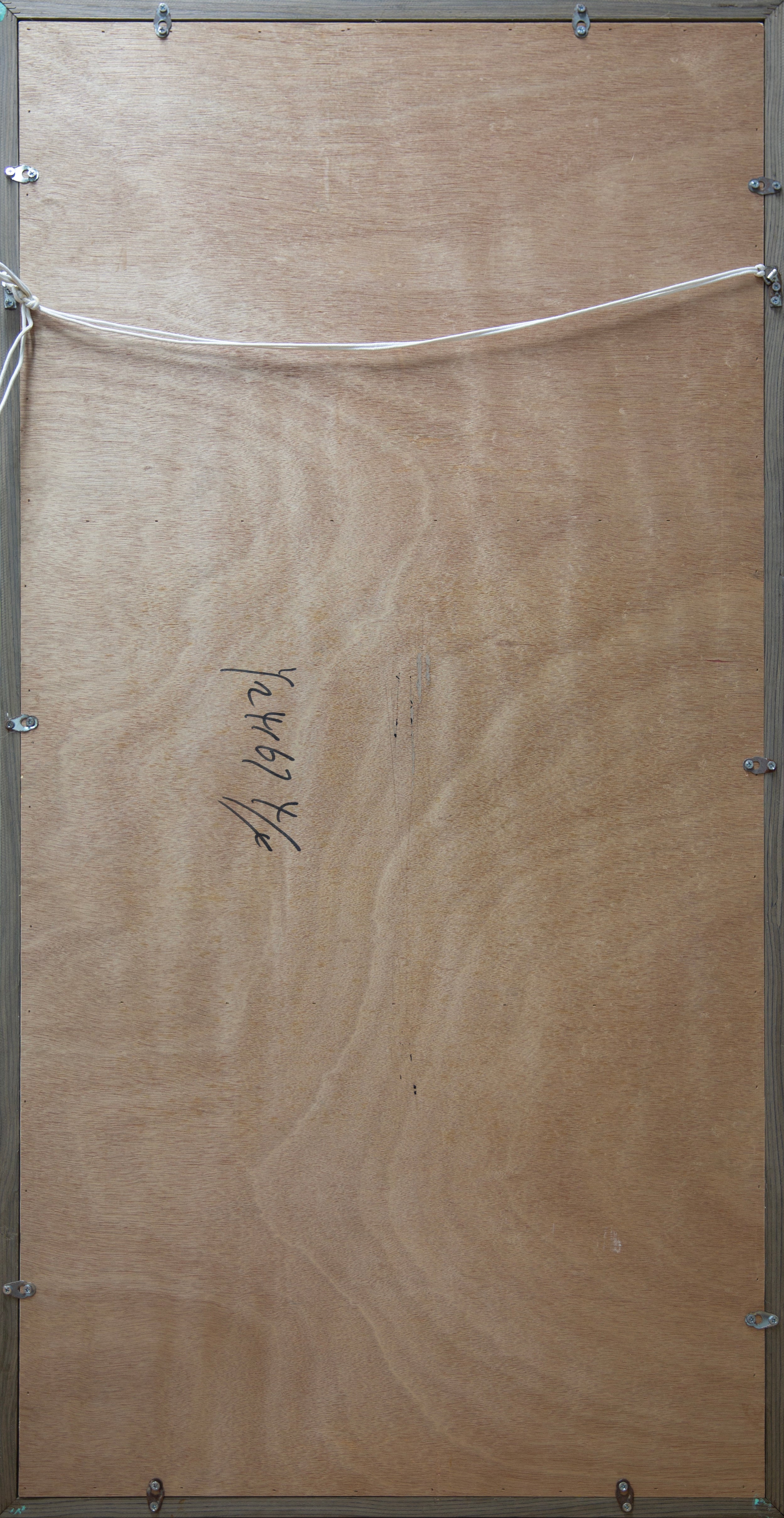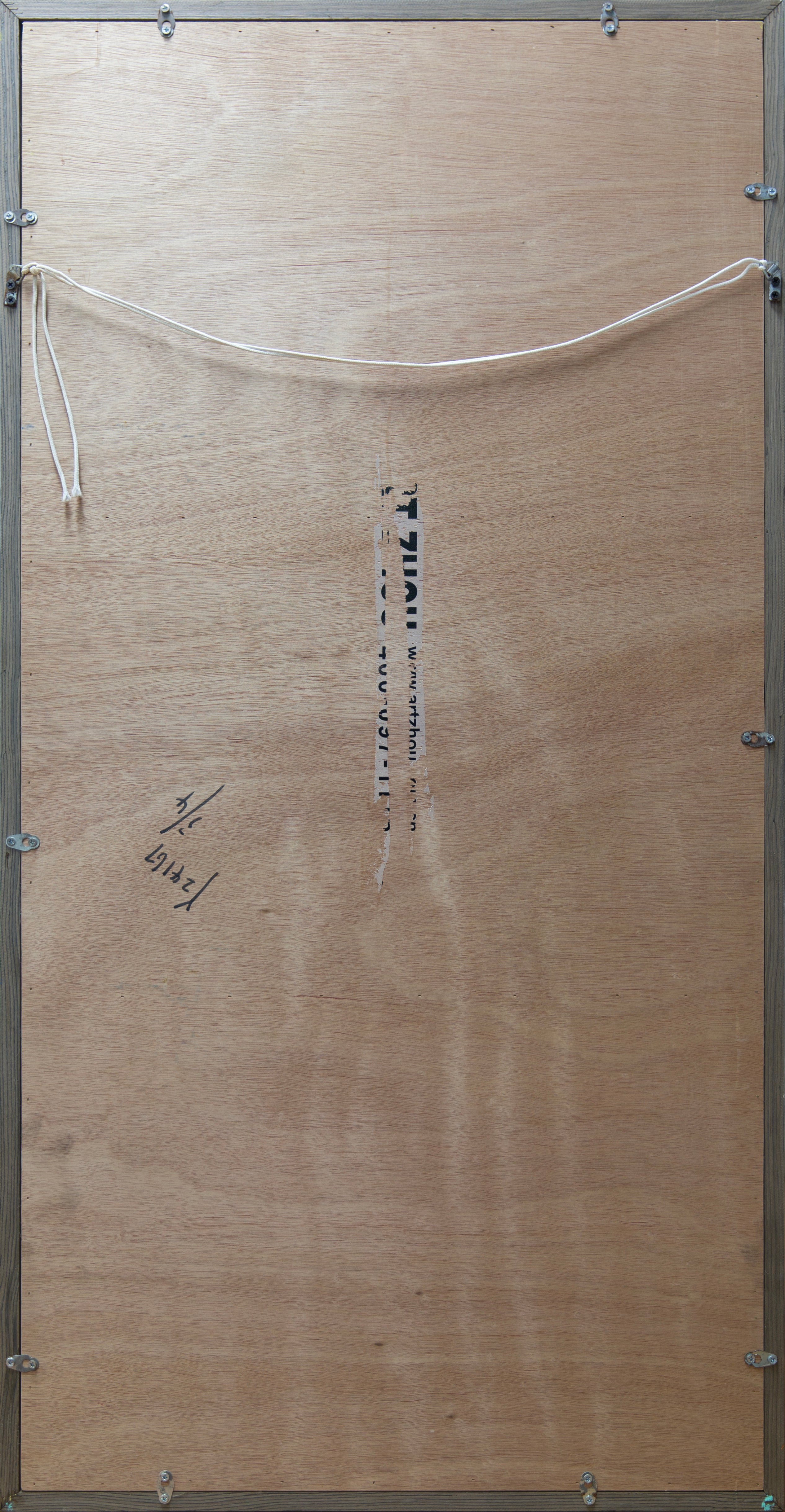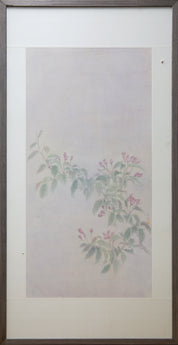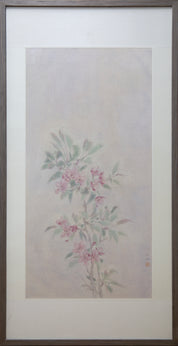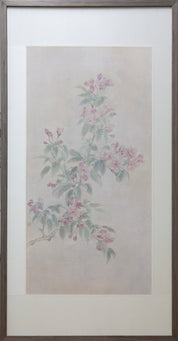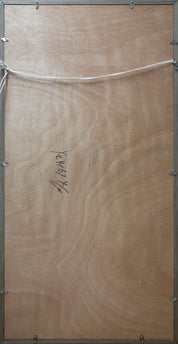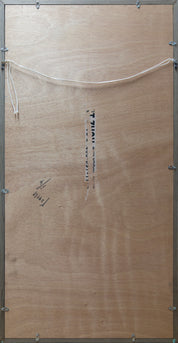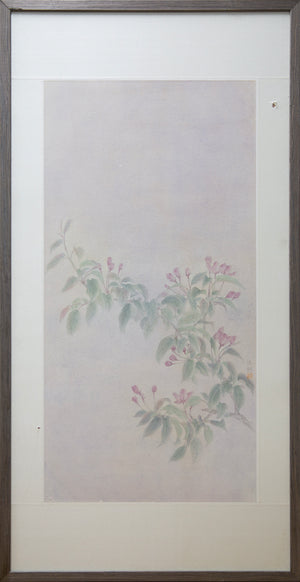The East Wind Shakes the Wisteria Leaves (Four Screens)
Li Jiatong
Artwork Details
Artwork Description
Title: The East Wind Shakes the Wisteria Leaves (Four Screens)
Artist: Li Jiatong
Date: n.d.
Medium: Traditional Chinese painting on paper
Dimensions: Four panels, each 17.7 x 35.4 in (45 x 90 cm)
Artwork Identification
This set of four vertical panels Title:d The East Wind Shakes the Wisteria Leaves presents a graceful study of wisteria in bloom, executed in a soft, lyrical palette. Each panel captures the cascading forms of the blossoms and leaves with refined brushwork and a harmonious sense of rhythm, offering a serene, meditative engagement with nature.
Artistic Style and Influences
Li Jiatong employs traditional Chinese painting techniques rooted in literati aesthetics, favoring subtle coloration and calligraphic brushstrokes. The restrained use of ink and mineral pigments evokes a sense of poetry and seasonal reflection, aligning with classical themes found in Chinese garden painting. The focus on wisteria—a symbol of endurance and the coming of spring—reflects deep cultural resonance.
Historical Context
While undated, this work continues the legacy of classical Chinese floral painting, a genre with centuries of development in both imperial and scholar-artist circles. The four-screen format recalls traditional folding screens and hanging scroll sets designed to be displayed as harmonious seasonal suites.
Provenance
Provenance documentation can be provided upon contact.
Condition and Conservation
There is minor damage in the passepartout area of some panels. However, the painted surfaces themselves remain in very good condition with no disruption to the integrity of the compositions. The pigments are well-preserved and the paper shows no significant signs of discoloration.
Artistic Significance
Li Jiatong’s The East Wind Shakes the Wisteria Leaves contributes to the enduring tradition of botanical painting in Chinese art. The use of multiple panels invites a contemplative viewing experience that celebrates both formal beauty and philosophical symbolism. The series exemplifies quiet refinement and painterly sensitivity, offering a timeless reflection on the natural world.

